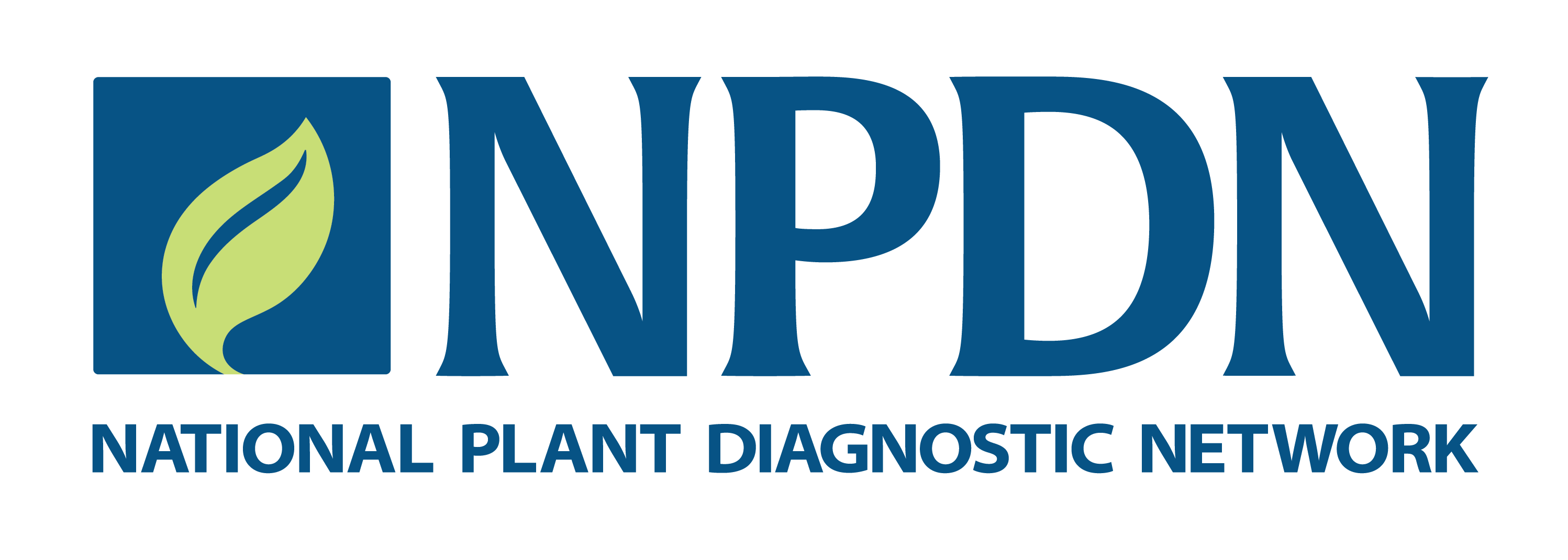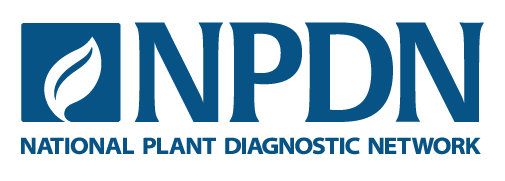The NCPDN consists of six of the Great Lakes States plus Iowa and Missouri. The NCPDN is noted for high agricultural activity across all of the states in the region. Nearly 60% of all US corn and soybean production comes from NCPDN states, and, in total, the region accounts for nearly 24% of all major field crops produced in the US. The NCPDN states also have extensive specialty crop production, with a significant portion of US tart cherry, asparagus, blueberry, pumpkin and pickling cucumber production residing in these eight states. Michigan State University serves as the NCPDN hub and is engaged in providing leadership for the region. The hub lab at Michigan State also assists other labs in the region and nationally in diagnostic assistance for samples coming from regulatory (e.g., sudden oak death) and other issues. The NCPDN center also provides assistance in coordinating workshops with USDA collaborators as well as within the region and assists in the development of standard operating procedures for diagnostics.
Regional meetings have focused on diagnostics techniques. A hands-on PCR workshop that covered all aspects of PCR from primer development to data interpretation was held at Michigan State. Diagnostic approaches to soil borne diseases and emerald ash borer were the focus of the regional meeting held at the University of Wisconsin. A diagnostic kit for emerald ash borer was provided for each of the NCPDN states.
Data collected from diagnostic samples is uploaded to the National Data Repository (NDR) via the Plant Diagnostic Information System software (PDIS). Since the data upload process began in the spring of 2004 information from 23,007 diagnoses including plant pathology, entomology, nematology and abiotic problems has been transferred to the NDR by diagnosticians in the North Central region.
Soybean rust diagnostics and detection have been major areas of focus for the NCPDN states. For example, at Iowa State University, NCPDN funding was also used for Asian soybean rust educational efforts. Informational pamphlets were purchased and distributed to approximately 20,000 growers and agriculture professionals. Video conferencing delivery methods were also used in Asian soybean rust diagnostic training. In addition, supplemental funds for soybean rust diagnostics and data upload were provided to each NCPDN state.
Phytophthora ramorum testing can be performed at both Purdue and Michigan State Universities using PCR. These diagnostic labs are provisionally authorized by APHIS PPQ to perform this testing. To achieve this status diagnosticians from both laboratories attended training sessions and passed proficiency test panels.
Distance diagnosis technology was purchased for diagnostic labs in all eight states within the region. Each lab has at least one web enabled camera mounted on a microscope. This equipment has allowed for easy sharing of electronic images taken from diagnostic samples facilitating rapid, accurate diagnoses.

